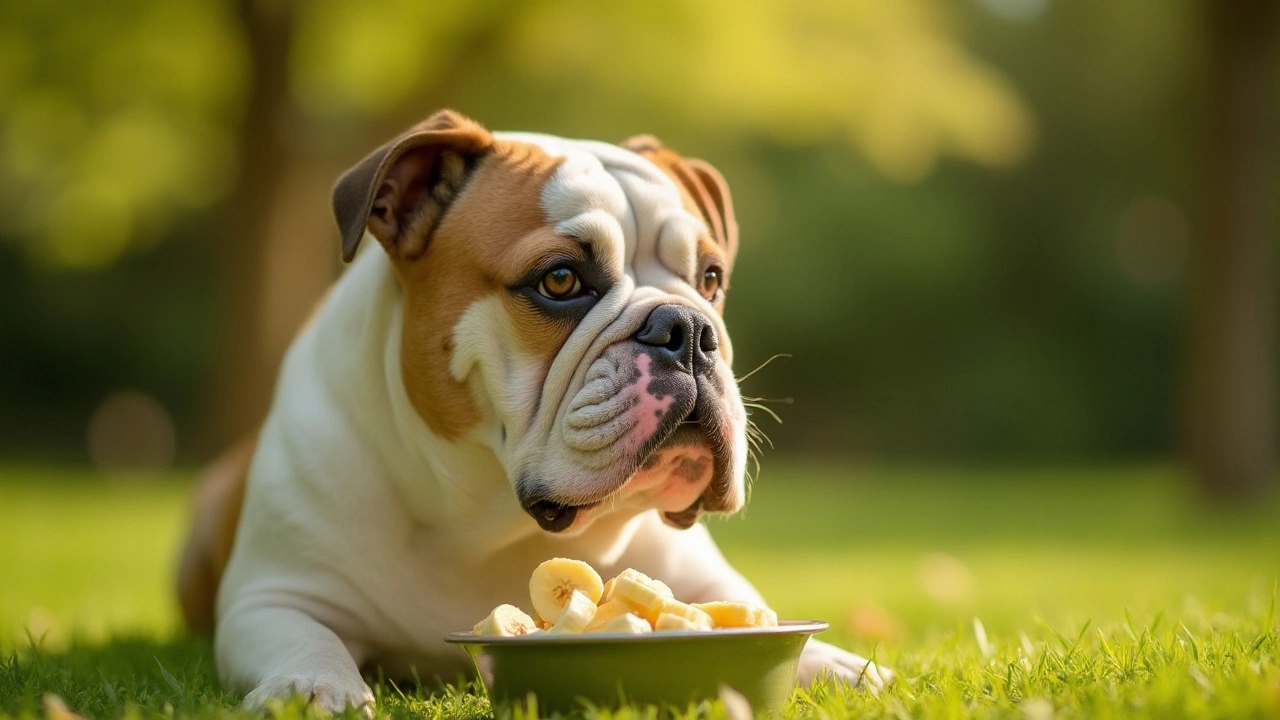Canine Diet Basics: Feed Your Dog Right
Ever wonder why some pups seem forever full of energy while others are always sluggish? The answer is often what’s in their bowl. A solid canine diet isn’t a mystery—just a few smart choices that keep your dog thriving.
Start with the basics: protein, fat, carbs, vitamins, and minerals. Dogs are primarily meat‑eaters, so a quality protein source like chicken, beef, or fish should lead the ingredient list. Avoid meals that list grain fillers or soy as the first item; those are usually low‑value calories.
What Makes a Good Canine Meal?
A good meal balances nutrients without overloading calories. Look for:
- High‑quality protein: at least 20% of the kibble or raw mix.
- Healthy fats: fish oil or chicken fat for shiny coats and joint support.
- Limited carbs: sweet potatoes, peas, or pumpkin work better than corn or wheat.
- Added vitamins: calcium, iron, and B‑complex keep bones and energy up.
If you buy from a reputable UK brand, the label should be clear about where the meat comes from. Remember, fresher ingredients mean fewer preservatives, which is better for long‑term health.
Portion size matters too. Too much food leads to weight gain, and extra weight stresses joints and heart health. Use the feeding guide on the package as a starting point, then adjust based on your dog’s activity level and body condition.
Treats That Boost Health, Not Weight
Treats aren’t just a snack—they’re a chance to add extra nutrients. Choose treats that list real meat, fish, or vegetables first. Galloway Gourmet Dog Treats, for example, uses natural, grain‑free ingredients like sweet potato and oat flour, which provide fiber and steady energy.
Keep treat portions tiny—think a pea‑size bite for a medium dog. This way you can reward good behavior without sneaking extra calories. Freeze‑dried liver, carrot sticks, or a slice of apple are also great low‑calorie options.
Watch for common allergens. Some dogs react to dairy, gluten, or soy. If you notice itchy skin or tummy upset after a new treat, switch to a simpler recipe and give it a few days to see if things improve.
Hydration is a hidden part of the diet. Fresh water should always be available, and moist foods or broth can help dogs who don’t drink enough. Adding a splash of low‑salt chicken broth to dry kibble can boost flavor and encourage drinking.
Finally, don’t forget the occasional fresh meal. A small portion of boiled chicken and rice, or a handful of steamed veggies, can break up monotony and give a boost of nutrients. Just keep the balance—no more than 10% of the total weekly intake should be home‑cooked.
Putting these tips together means your dog gets the fuel it needs without excess junk. Track weight, watch energy levels, and adjust food or treats as your pup ages. A well‑planned canine diet leads to longer walks, shinier coats, and fewer vet visits—something every dog owner can get behind.

Canine Diets: Are Bananas Safe for Dogs?
Bananas are a healthy snack for dogs when given in moderation. They provide essential nutrients such as potassium, vitamins, and fiber, which can support a dog's health. However, dog owners should be cautious of the sugar content and ensure portions are suitable for their pet's size. Discover how bananas can benefit your dog's diet, benefits of this tasty fruit, and precautions to take.
View more
Discovering Dog Food Favorites: What Your Pet Craves
Finding the right dog food your furry friend loves can make meal times a delight. By understanding what ingredients and textures appeal to dogs, pet owners can choose options that cater to their dog's tastes and nutritional needs. This article explores various dog food preferences, common ingredients dogs love, and tips on how to transition to a new diet. Readers will gain insights into making informed choices that promote both health and happiness for their pets.
View more